Once you’re aware of some basic light courtesy practices while camping, it's time to enjoy the night sky! Here are some of our favorite tips for maximizing starry nights in your campground.
1. Plan Trips Around Meteor Showers And Celestial Events
Since most of our camping adventures revolve around seeing the night sky, we like to plan our trips at least six months in advance. This gives us ample time to find places that don’t have much light pollution and provide the best view of the stars. When there is a major meteor shower or celestial event happening, we often reserve our campsite even farther in advance to ensure we get a good spot. When Comet Neowise was scheduled to appear, we actually made reservations at two different campgrounds in two different states to ensure we could have a nice view of this rare event. Davis Mountains State Park in Texas and Dead Horse Point State Park in Utah are ideal places for witnessing celestial events, and we actually got to see the comet at both locations! So, if you’re wanting to see the best that the night sky has to offer, plan ahead.
2. Boondock Or Find A Dark Sky Park
When it comes to seeing a lot of stars, the darker the campsite, the better. Boondocking usually offers great flexibility and minimal light from other RVers. And since most boondocking spots are located in national forests or on public lands, you’re often far away from neighboring light pollution. To find the best boondocking sites for stargazing, consider using websites like Dark Site Finder or Light Pollution Map.
Another great option is to find a nearby dark sky state park. In addition to the abundance of stars, state parks are great because they typically offer electric, water and sewer hookups. The International Dark Sky Association is a good resource to help you discover places you might not even know about.
3. Give Your Eyes Time To Adjust
This tip might seem basic but it's an important step for enjoying the night sky. Let your eyes adjust when looking at the stars. If you are transitioning from the bright interior of your RV, or you have been staring at a campfire for a long period of time, you won't be able to see the maximum number of stars right away. We recommend spending about 15 minutes looking away from any light source. After a while, you'll start to notice a big difference when stargazing.
4. Use Binoculars Or A Telescope
Binoculars and telescopes can completely transform your star viewing experience. Consider getting one or both the next time you head out on an RV trip. It's nice to just sit out and view the night sky, but it's another thing to be able to see the stars up close. If we are interested in quickly finding a celestial object, we'll grab our binoculars. And if we want to take a deeper dive and look at that same object over a longer period of time, we'll set-up our telescope. Depending on the strength of the telescope, you can see quite a bit of amazing features. Getting a closer look at the Moon, the rings of Saturn or a comet's tail makes it totally worth bringing this extra gear along.
5. Use Warmer Light Colors To Prevent Bugs And Minimize Impact On Animals
If you’ve ever worn a bright headlamp or carried around a lantern at night, then you know how annoying a swarm of bugs can be. Most bugs can only see shorter light wavelengths (blue, indigo and violet), but not the longer wavelengths (orange and red). And if you remember from fifth grade science, white light is a combination of all colors, so you’re getting the full spectrum of light when you use a normal, white light flashlight. That’s why we prefer to use the red setting on our flashlights and headlamps. Not only does it help keep bugs away, but it also prevents night blindness since your eyes can adjust much easier when going from red to dark.
6. Camp During Different Moon Phases
Camping during a full moon can give you a totally different perspective than during a new or half moon. And while a full moon does limit your ability to see stars, the light it provides can add a really interesting dimension to stargazing and astrophotography. We love returning to the same campground during different moon phases, as it can feel like an entirely different place! The differing levels of brightness can change the water and trees surrounding us, which adds a sense of mystery and intrigue to the campsite.

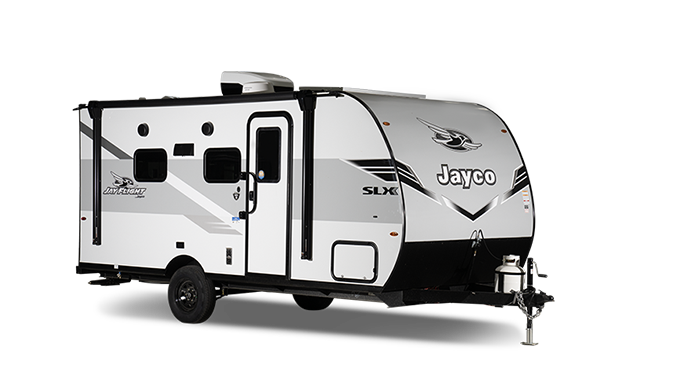
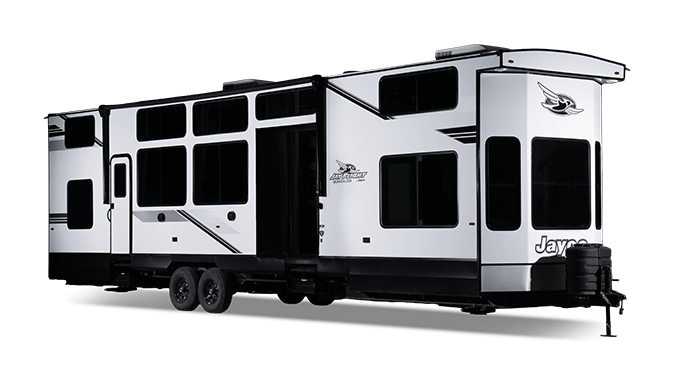
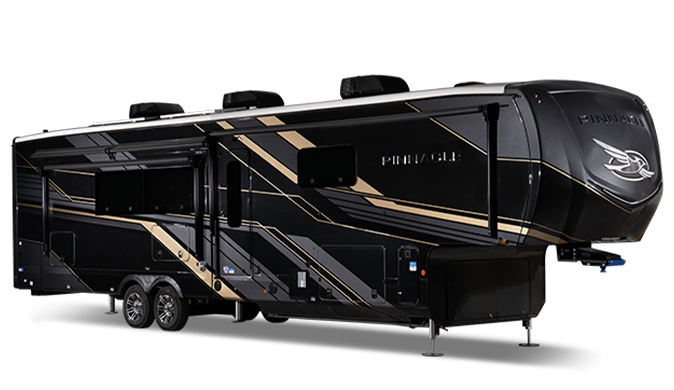
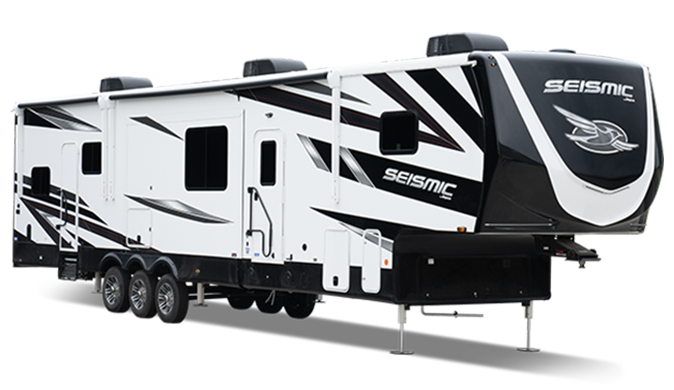

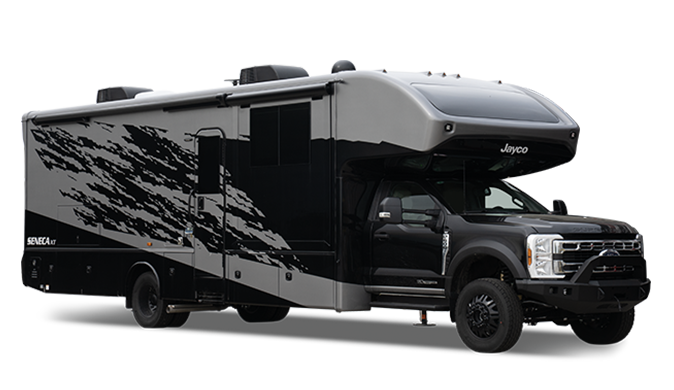



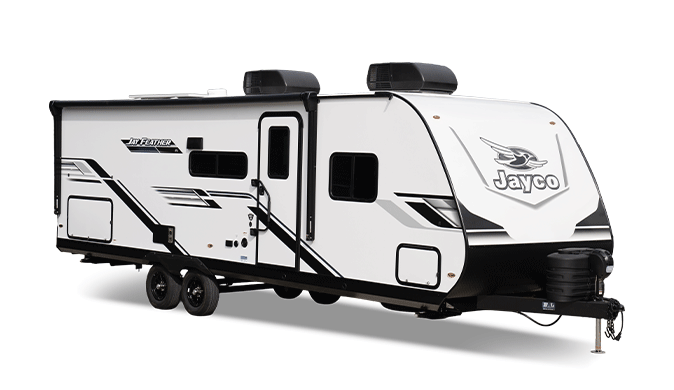







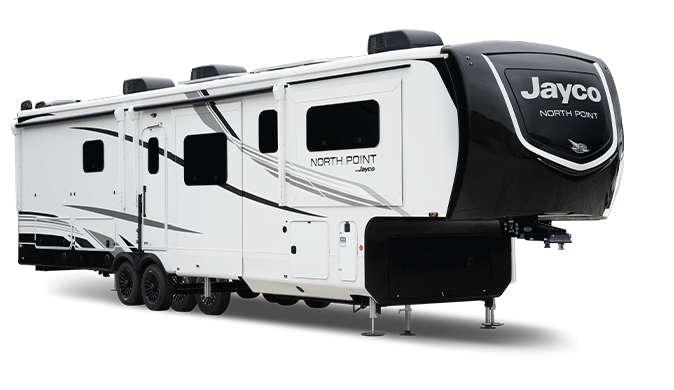

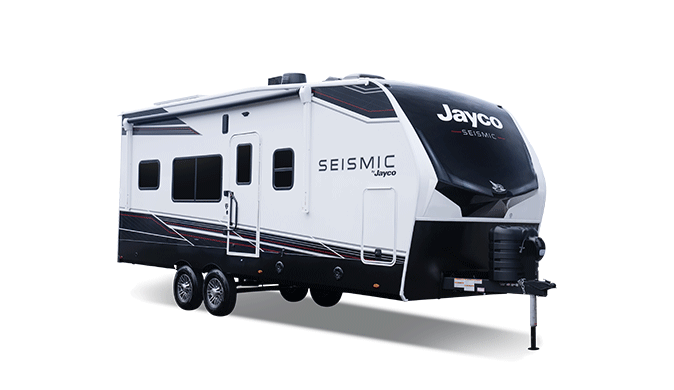





















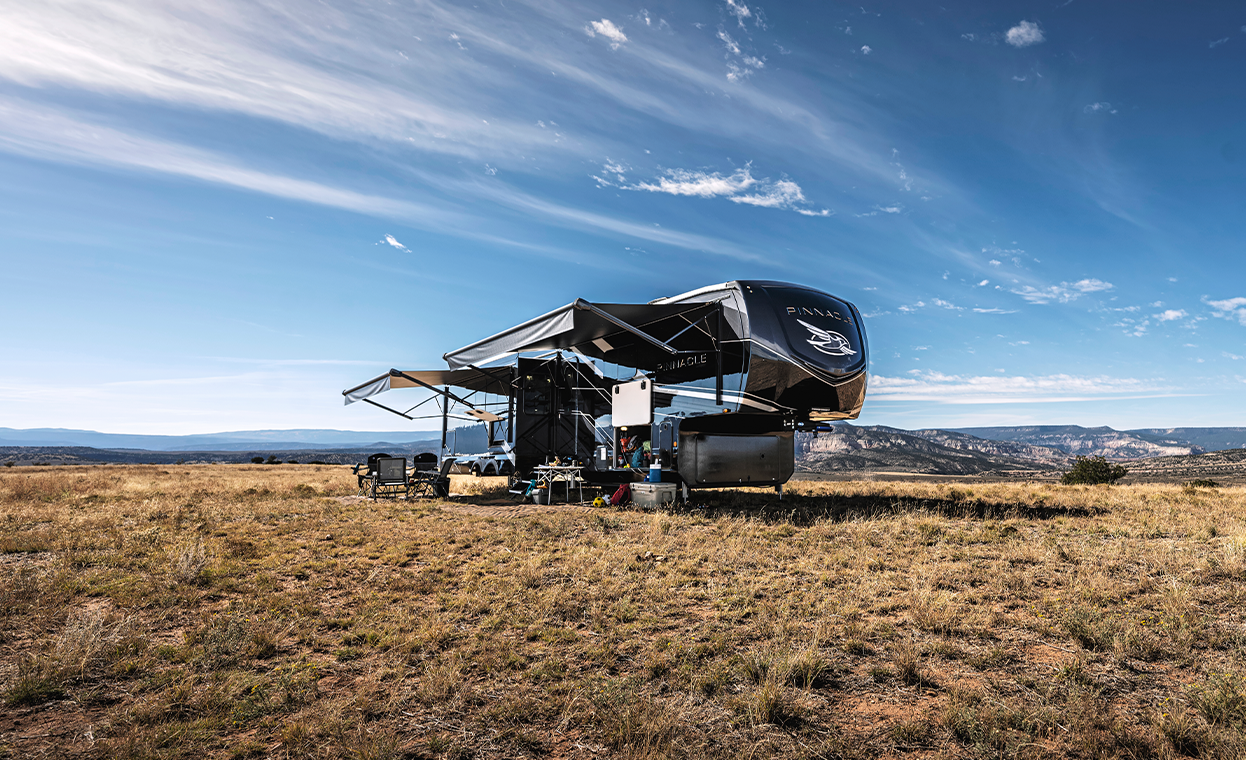
.png)
